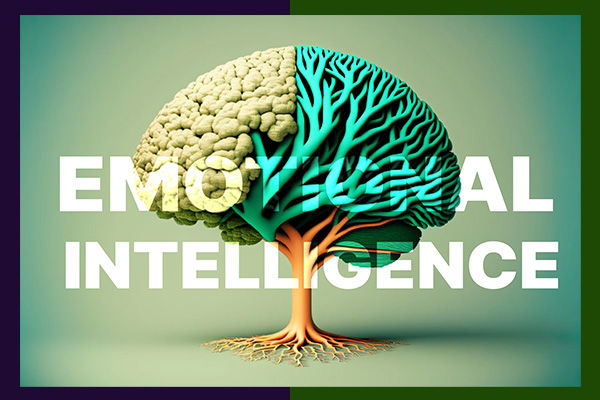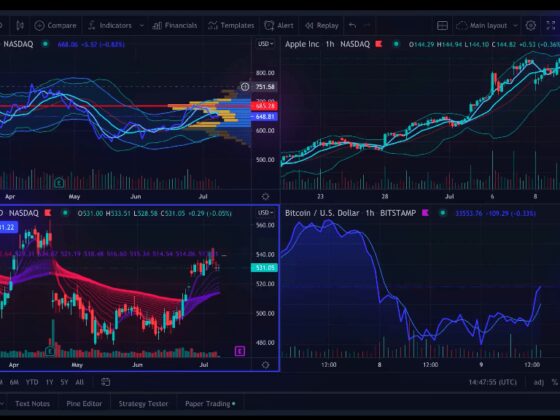In the high-stakes world of executive protection, where the balance between ensuring safety and maintaining a sense of normalcy is vital, emotional intelligence (EI) emerges as an indispensable asset. Beyond mere physical prowess or tactical training, the ability to perceive, interpret, and respond to the emotional states of others can dramatically influence the effectiveness of protective measures.
Consider the nuances of a high-profile event: a sudden change in the energy of a crowd, the subtle cues of stress in a client, or the complex dynamics among team members. Each scenario demands not just a keen awareness of the surroundings, but also an emotional acuity that fosters trust and cooperation.
As threats evolve, so too do the strategies needed to mitigate them, and at the heart of this evolution lies a deep understanding of human behavior—an understanding that can mean the difference between a successful intervention and a critical oversight. Thus, integrating emotional intelligence into executive protection programs is not merely an enhancement; it is a necessity that shapes the very foundation of security operations in todays interconnected landscape.
The Role of Emotional Intelligence in Risk Assessment

Emotional intelligence plays a pivotal role in the arena of risk assessment, particularly within the context of executive protection programs. It empowers professionals to not only recognize and interpret the emotional states of those they are tasked to safeguard but also to anticipate potential threats that may emerge from interpersonal dynamics.
For instance, the ability to discern subtle shifts in body language or tone can signal an underlying tension or conflict that may otherwise go unnoticed. This nuanced understanding fosters proactive strategies, enabling security personnel to mitigate risks before they escalate.
Moreover, strong emotional intelligence enhances communication skills, facilitating the establishment of trust with both clients and team members—an essential component in high-stakes environments where clarity and cohesion are paramount. Ultimately, by integrating emotional acuity into their risk assessment frameworks, executive protection teams can navigate uncertainties with greater agility, ensuring safety and peace of mind in unpredictable scenarios.
Building Trust and Rapport with Clients and Stakeholders

Building trust and rapport with clients and stakeholders is paramount in any executive protection program, profoundly influenced by the elements of emotional intelligence. The foundation of these relationships often rests on the ability to listen actively, empathize genuinely, and communicate clearly.
When clients feel understood and valued, an invisible thread forges a connection that goes beyond mere transactional interactions. For instance, recognizing a client’s unease during a high-stakes event and addressing it with calm reassurance can significantly enhance their confidence in the protective measures in place.
This emotional attunement not only fosters a sense of safety but also encourages open dialogue, allowing stakeholders to voice concerns or preferences without hesitation. Ultimately, by prioritizing emotional awareness and responsiveness, executive protection professionals can transform their role from that of a mere shield to a trusted advisor, cultivating a partnership built on mutual respect and understanding.
Measuring Emotional Intelligence: Tools and Techniques for Executive Protection Professionals

Measuring emotional intelligence in executive protection professionals involves a blend of structured assessments and real-world observations. Tools such as the Emotional Quotient Inventory (EQ-i) and the Mayer-Salovey-Caruso Emotional Intelligence Test (MSCEIT) provide quantitative insights into an individuals emotional competencies.
However, in the dynamic arena of executive protection, qualitative measures—like peer feedback and situational role-plays—are equally vital. Engaging in scenario-based training, for instance, allows agents to navigate nuanced interpersonal dynamics and stressors firsthand.
Moreover, reflective practices, such as journaling or mentorship discussions, empower professionals to assess their emotional responses and adaptability, fostering growth. Ultimately, a comprehensive approach that combines these techniques cultivates a robust emotional intelligence framework that is essential for the nuanced demands of executive protection.
Conclusion
In conclusion, the integration of emotional intelligence into executive protection programs is essential for fostering a secure environment that goes beyond mere physical safety. By equipping protection professionals with the skills to understand and manage emotions—both their own and those of the individuals they protect—organizations can significantly enhance their operational effectiveness and responsiveness.
The emphasis on emotional intelligence in executive protection courses not only prepares personnel to handle high-pressure situations with empathy and insight but also strengthens the overall rapport between protectors and their clients, ensuring a more holistic approach to safety and security. As the landscape of threats continues to evolve, prioritizing emotional intelligence will undoubtedly be a fundamental aspect in advancing the effectiveness of executive protection strategies.


